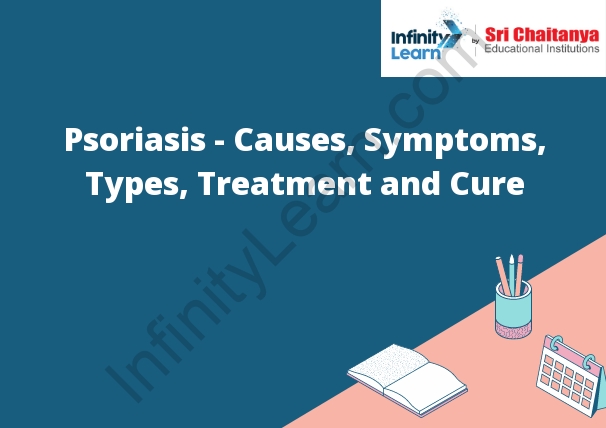Table of Contents
What is Psoriasis?
Psoriasis is a chronic autoimmune disease that causes patches of skin to become inflamed and irritated. The patches are often covered in scales and can be itchy and painful. Psoriasis is not contagious, but it can be a very embarrassing and frustrating condition to live with. There is no cure for psoriasis, but there are a number of treatments that can help to control the symptoms.

What is Psoriasis of the Skin?
Psoriasis is a chronic autoimmune skin disease that speeds up the life cycle of skin cells. Skin cells grow deep in the skin and normally take about 28 days to reach the surface and die. With psoriasis, this process happens in just three to four days, resulting in a build-up of skin cells on the surface of the skin. The extra skin cells form red, scaly patches that are itchy and sometimes painful. Psoriasis can occur on any part of the body, but is most commonly found on the scalp, knees, elbows, and torso.
What is the Main Cause of Psoriasis?
There is no one specific cause of psoriasis, but the condition is believed to be the result of several factors, including genetics and the immune system. When a person has psoriasis, their immune system mistakenly attacks healthy skin cells, causing an overproduction of new skin cells. This overproduction leads to the formation of red, scaly patches on the skin.
Psoriasis Symptoms
Psoriasis is a chronic skin condition that causes areas of thick, red skin with silvery scales. These areas are called plaques. Psoriasis plaques are often itchy and painful. They can occur on any part of your body, but are most common on your scalp, elbows, knees, and torso. Psoriasis is a long-lasting (chronic) disease. It can come and go, with periods of remission (no symptoms) lasting months or years. Psoriasis is not contagious.
Psoriasis Types
There are five types of psoriasis: plaque, guttate, inverse, pustular, and erythrodermic.
Plaque psoriasis is the most common type, affecting about 80% of people with psoriasis. It appears as raised, red patches covered with a silvery white buildup of dead skin cells.
Guttate psoriasis is a form of psoriasis that appears as small, teardrop-shaped lesions.
Inverse psoriasis is a form of psoriasis that appears as smooth, red patches in skin folds, such as the armpits or between the buttocks.
Pustular psoriasis is a form of psoriasis that appears as white, pus-filled blisters on the skin.
Erythrodermic psoriasis is a rare and severe form of psoriasis that causes the entire body to be covered in red, scaly skin.
Psoriasis Treatment and Cure
Psoriasis is an autoimmune disease that results in the overproduction of skin cells. These excess skin cells form raised, red patches on the skin that are often covered with silvery scales. Psoriasis can occur on any part of the body, but is most commonly found on the scalp, knees, and elbows.
There is no cure for psoriasis, but there are a number of treatments that can help control the symptoms. These treatments include topical medications, such as creams and ointments, phototherapy, and systemic medications, such as pills and injections.









